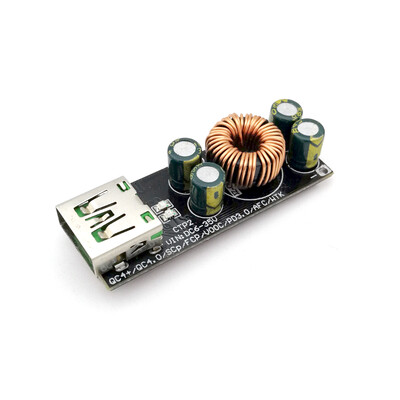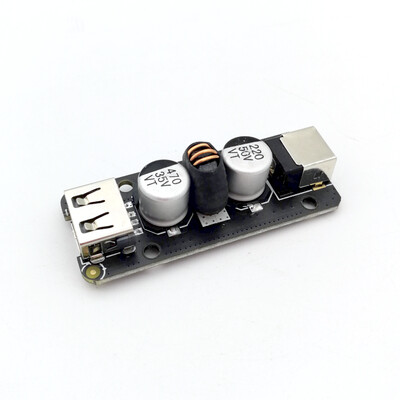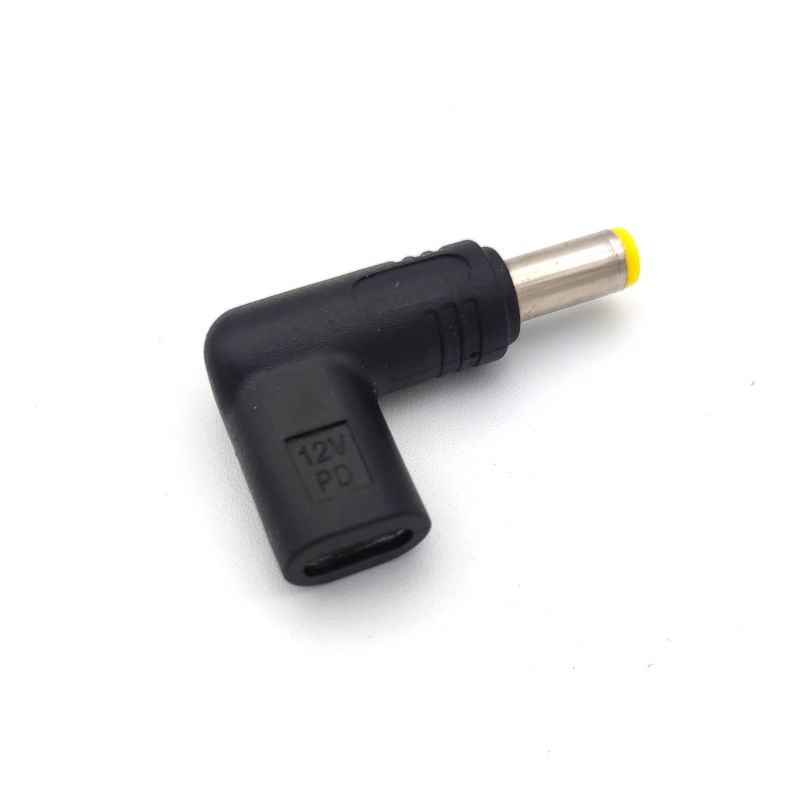
12V USB-C to DC 5.5 x 2.5 mm Power Delivery PD Trigger Adapter
USB Power Delivery (PD) protocol allows a power source to deliver multi-voltage compared to the single 5V USB voltage. Because of this, a compatible device (usually a mobile phone or laptop) charged faster with a PD charger compared to other non-PD charger. The goal is to use PD as a single standard for powering and charging all USB devices. Ultimately, a PD wall plug or powerbank can be used across all devices. USB PD make use of USB-C reversible connector.
This adapter has a USB-C female connector on one end and a common 5.5 mm x 2.5 mm, inner positive DC barrel plug on the other end. It has a built-in chip that can "trick" a USB-C PD power supply/power bank to think that it is a PD compatible device and pass up to 12V DC. This cable is handy for powering non-PD devices that require fixed 12V DC such as a router, Single Board Computer (SBC), speakers etc. It is especially useful when paired with a PD compatible power bank so that you can have a portable power solution for your 12V devices.
Around 1 to 2 seconds are needed for the cable to "negotiate" with the power supply. So it is recommended to plug the cable to the power supply first and then after a few seconds later plug to the device. Be mindful that this is not a boost adapter. Whether or not you can get 12V out of it depends on the Power Delivery capability of the USB-C power source. Make sure that your power supply supports Power Delivery (PD) standard and able to provide 12V DC. If your power supply does not support 12V PD, the adapter will only supply 5V DC.
Disclaimer:
Use at your own risk. Higher voltage will certainly cause damage if your device is not able to handle it. Always check the voltage with a voltmeter and make sure your device can handle the power that you are connecting it to!


